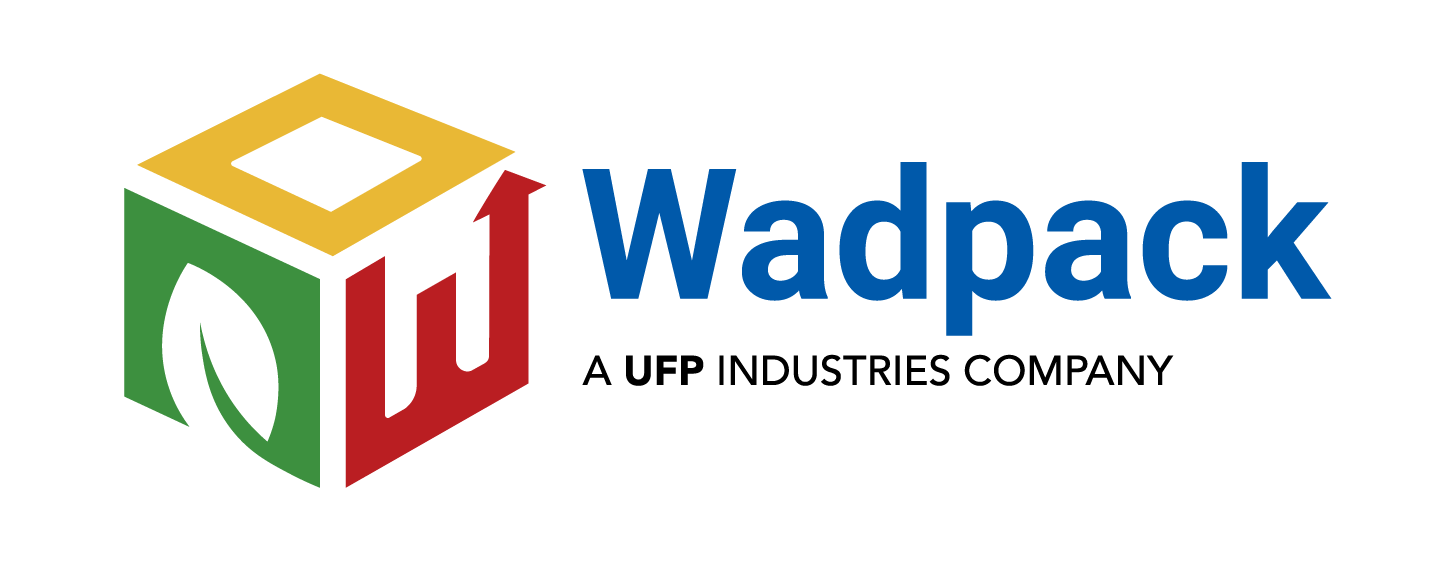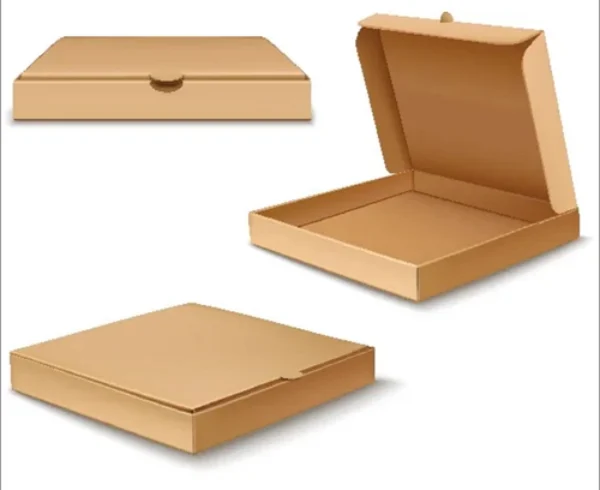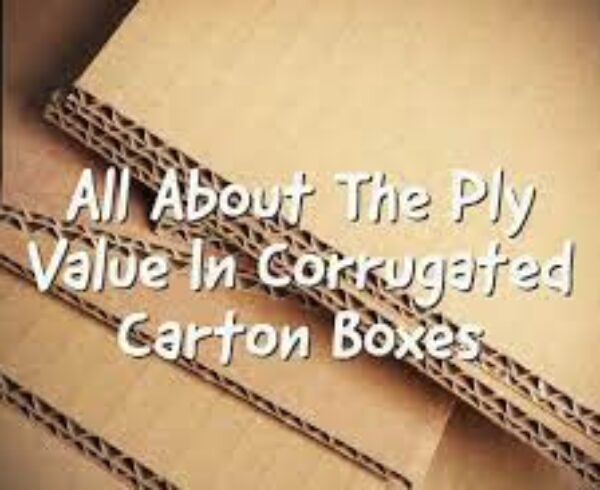What materials are typically used to manufacture corrugated boxes, and what environmental impacts do these materials have?
Corrugated boxes are typically made from a combination of virgin and recycled paper fibers, as well as adhesives and other materials for reinforcement. The environmental impacts of these materials can vary depending on a number of factors, including the source of the raw materials, the manufacturing process, and the end-of-life disposal method.
The use of virgin paper fibers in the production of corrugated boxes can contribute to deforestation and habitat loss if not sourced sustainably. However, many manufacturers use certified sustainable sources of virgin fibers, such as those certified by the Forest Stewardship Council (FSC).
The use of recycled paper fibers in corrugated boxes can help reduce the environmental impact of the manufacturing process, as it requires less energy and resources than producing virgin paper. However, the recycling process itself can also have environmental impacts, such as water and energy use, and the generation of waste.
The adhesives and other materials used in the manufacturing of corrugated boxes can also have environmental impacts, such as the use of petroleum-based products and the release of volatile organic compounds (VOCs) into the air.
What is the lifecycle of a corrugated box, and how does this impact its recyclability?
The lifecycle of a corrugated box typically consists of several stages, including raw material extraction, manufacturing, transportation, use, and end-of-life disposal. The sustainability of a corrugated box is affected by each of these stages, as well as the quality and recyclability of the materials used.
In the extraction stage, the environmental impact of a corrugated box is determined by the sourcing of its raw materials. The use of sustainably sourced wood and recycled paper fibers can help minimize the environmental impact of this stage.
During the manufacturing stage, corrugated boxes are made by combining layers of paper and adhesives to create a sturdy, yet lightweight, material. This stage has the potential to generate environmental impacts such as energy use, water use, and air emissions, which can be minimized through the use of renewable energy sources, closed-loop water systems, and eco-friendly manufacturing processes.
In the transportation stage, the environmental impact of a corrugated box is determined by the distance it needs to travel and the mode of transportation used. Shipping boxes shorter distances and utilizing more fuel-efficient transportation methods such as rail or barge can help reduce greenhouse gas emissions.
The use stage of a corrugated box involves its use as packaging for goods, and the potential for the box to be reused or recycled. Reusing boxes is an eco-friendly option that can help extend their lifecycle, while recycling corrugated boxes can help reduce waste and conserve resources.
At the end of its lifecycle, a corrugated box can either be landfilled or recycled. The recyclability of a corrugated box is determined by its quality and the availability of recycling infrastructure. Corrugated boxes with minimal contamination and intact fibers are more likely to be recycled, while boxes with significant damage or contaminants may be rejected by recycling facilities.
Are there any alternative materials or packaging designs that could reduce the environmental impact of corrugated boxes?
Yes, there are alternative materials and packaging designs that can reduce the environmental impact of corrugated boxes. For example, some companies are using bio-based materials made from renewable resources like plant-based fibers or mushroom-based materials, while others are exploring alternative packaging designs that use less material or are more easily recyclable.
Some examples of alternative packaging designs include reusable boxes, boxes made from recycled plastic, or boxes that can be easily disassembled and recycled. By using these alternatives, companies can reduce the environmental impact of their packaging and move towards a more sustainable future.
How can consumers ensure that corrugated boxes are properly recycled and disposed of, and what role do recycling facilities play in this process?
Consumers can ensure that corrugated boxes are properly recycled and disposed of by following a few simple steps. First, they should check with their local recycling facility to determine what materials are accepted and how to properly prepare the boxes for recycling.
This may involve breaking down the box, removing any plastic or metal components, and keeping the box free of contaminants like food or grease. Consumers should also avoid sending boxes that are significantly damaged or wet, as these may not be accepted for recycling.
Recycling facilities play a crucial role in the recycling process by sorting and processing materials for reuse. Corrugated boxes are typically sorted and baled with other paper products, such as newspapers and office paper, before being sent to a paper mill for processing. At the paper mill, the boxes are pulped and processed into new paper products, which can include new corrugated boxes.
What are some of the challenges faced by manufacturers, retailers, and consumers in reducing the environmental impact of corrugated boxes?
There are several challenges faced by manufacturers, retailers, and consumers in reducing the environmental impact of corrugated boxes. Some of these challenges include:
- Cost: Sustainable materials and packaging designs can be more expensive than traditional options, which can be a barrier for manufacturers and retailers who are trying to reduce their environmental impact while also keeping costs low.
- Infrastructure: Recycling and composting facilities are not always widely available, which can make it difficult for consumers to properly dispose of corrugated boxes and for manufacturers to ensure that their packaging is recycled or composted.
- Consumer behavior: Despite efforts to promote recycling and sustainability, many consumers still do not recycle or dispose of their corrugated boxes properly, which can lead to contamination and waste in the recycling stream.
- Design limitations: Some products, such as fragile or heavy items, may require more protective packaging than can be achieved with sustainable materials or packaging designs, which can limit the options available to manufacturers and retailers.
- Regulations: Regulations around packaging and waste vary by region and can be complex, which can make it difficult for manufacturers and retailers to navigate the requirements and ensure compliance.




Leave a Comment